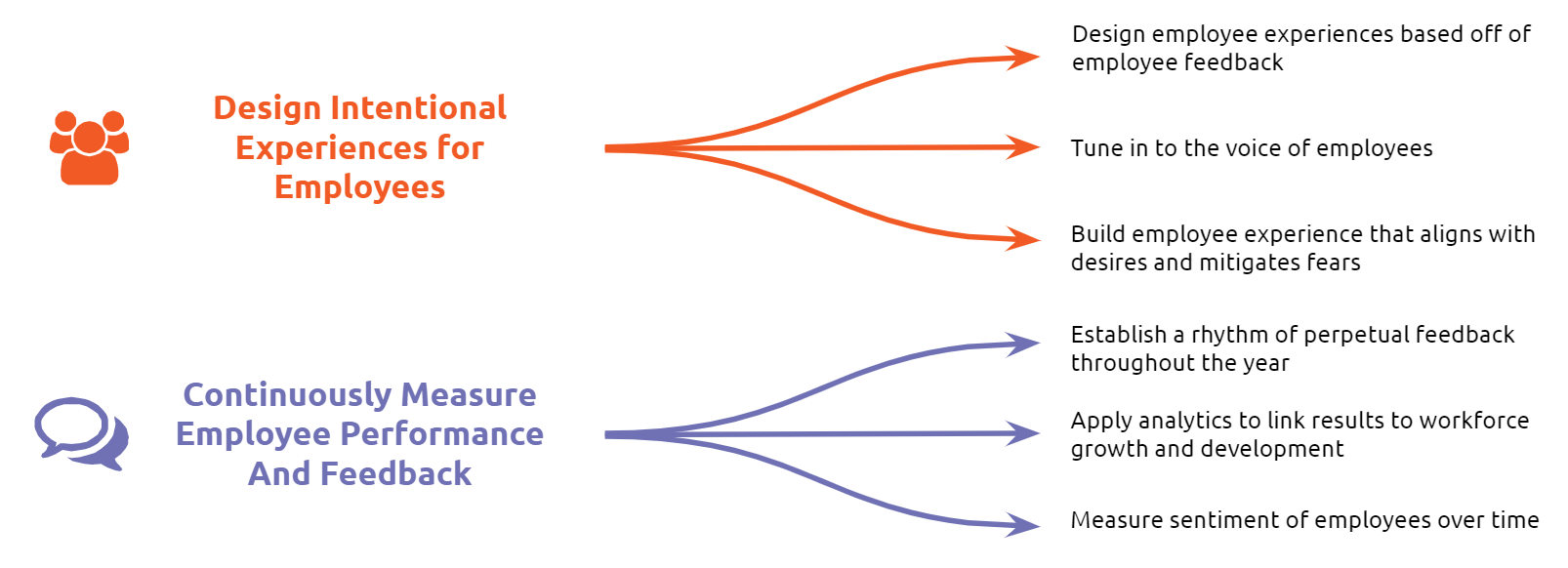Emotional Health In The Workplace
Effective employee engagement is essential in promoting emotional health in the workplace.
As we enter the second month of the new year, the novelty of turning our calendars to 2021, hoping to leave the mess of 2020 behind us, has all but worn off. With February upon us, the sensation of ringing in the new year hoping that the “new normal” will no longer be what is normal has all but disappeared. Burnout, defined by the World Health Organization as “chronic workplace stress that has not been successfully managed” is at an all-time high.
While the hope of a vaccinated world population exists for 2021, most countries still have their citizens in strict lockdowns to combat the spread of the highly contagious new variants of COVID-19. Zoom meetings, online-school and reduced (if not zero) social interactions are here to stay for a while longer, and may even persist after the crisis is finally over. Though vital to surviving the ongoing situation, these measures take a toll on employees' well being.
While there are many ways to practice good individual emotional health, organizations need to ensure that their employees cope with this new reality’s added stress. Leaders must understand which of their employees may be particularly at risk of pandemic-related burnout and take steps to protect them from it. There is a massive disconnect between what executives believe they are delivering, and what employees say they are providing. Nearly 80% of C-suite executives say they’re supporting their workers’ physical and emotional health right now, only 46% of employees agree.
“Covid-19 has permanently shifted the expectations employees have of their employers — employees now expect that their employers take an active role in supporting their physical and emotional health and providing training in the skills they need to work in new ways.”
Amy Wright, Managing Partner, Talent & Transformation at IBM
Empowering human resources personnel to build trust, confidence and compassion among employees are critical to creating an emotionally healthy workplace, and a sustainable and happy workforce.
The consequences of not effectively engaging your employees are more severe than you think…
Failure to keep up with desirable employee experiences can be significant for employee attraction, retention, and your businesses bottom line. The median turnover cost is 21% of the lost employee’s annual salary and can double for executive or specialist level recruitment. These are avoidable costs that ultimately affect your bottom line and should be evidence enough to start prioritizing your employees.
Organizations with highly engaged employees experience revenue growth 2.3x higher than average. Empowered employees who feel respected and have their voices heard by their organizations are happier and work harder. If you want to maximize your teams’ productivity and efficiency, you need to understand how they feel over time.
“Identifying how differences in the individual employee experience (EX) manifest themselves in differences in individual customer experiences (CX) and identifying, quantifying and prioritising the dimensions of EX that drive CX. This provides clients with a blueprint for where to invest in EX to improve transactional CX best.”
Howard Lax, Principal Director, Customer Experience at Confirmit
How Can You Empower Your Human Resources Personnel?
Use better listening and practical measuring tools to create better working environments.
How Can Heartbeat Ai Empower the Human Resources Personnel In Your Organization?
Unlike manual analyses of employee engagement feedback, which can take hundreds of hours and yield inconsistent results, Heartbeat AI quickly outputs reliable insights about your employees’ true feelings.
Heartbeat Ai can help your organization:
Unlock The Full Value Of Your Employee Data:
Increase the value of your employee monitoring. Engagement survey comments, onboarding questionnaires, performance reviews, the chatter on employee social networks— all of these data channels can be used to understand and improve your organization.
Predict Problems Early Enough To Prevent Them:
Identify emotional trends and themes in employee responses, uncover pain points and formulate better preventative measures based on a more detailed grasp of their wants and needs.
Monitor Employee Emotions And Improve Culture:
Uncover the real feelings and emotional drivers of your employees. Understand how changes affect their emotions and how feelings can contribute to individual employees’ actions and desires. Improve employee alignment, understanding, and productivity by digging into how they feel and optimizing their happiness.
The COVID-19 pandemic is following the world into 2021, and the added stress of remote work is expected to remain the norm, both during and after it. Employers have an increasing responsibility to ensure their employees’ emotional health and well being aren’t at risk.
Taking proactive steps in effectively listening to their employees to understand their needs and make adequate operational changes is essential for business success. By paying attention to their workers’ needs, especially those most susceptible to pandemic fatigue and burnout, leaders can build better organizations for all of their employees.


